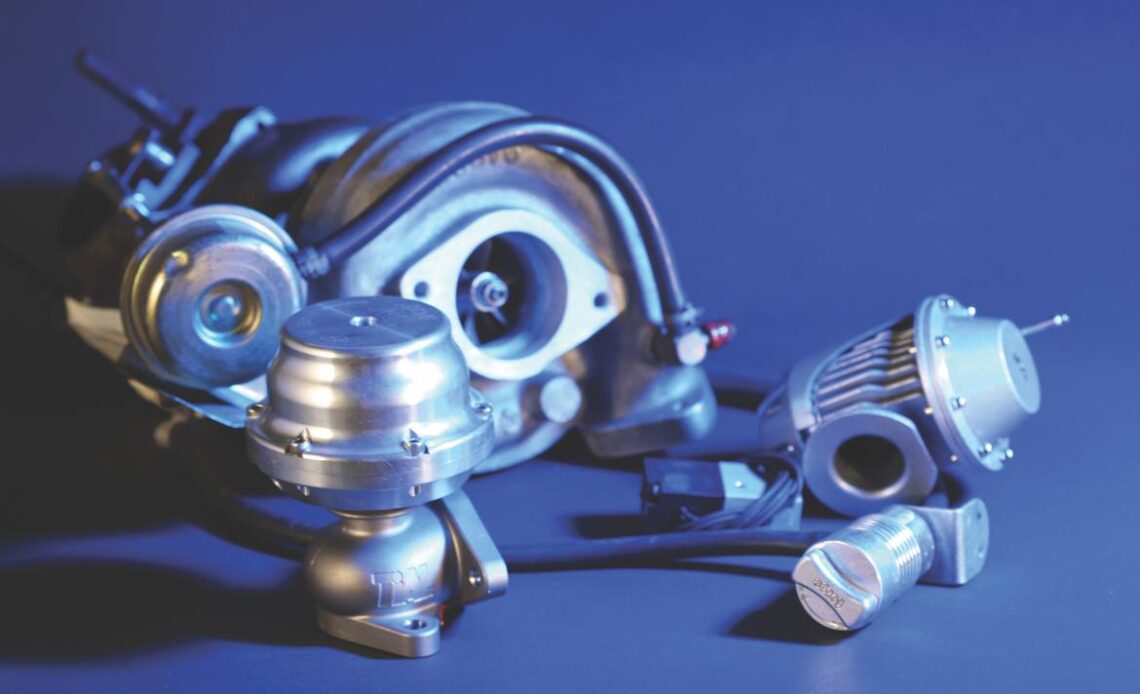Matt Cramer, a longtime regular on the GRM message board, is also an engineer for DIYAutoTune.com, a supplier of MegaSquirt ECUs and other engine management solutions. He has also written “Performance Fuel Injection Systems” for HP Books.
Admit it: If you were a kid in the ’80s, you wanted to be like Michael Knight when you grew up. The biggest reason to pine for his job? The company car, KITT.
While a cool car was pretty much required equipment for any ’80s TV detective, KITT went beyond token accessory—he was the costar of the show. KITT could talk and even drive himself. Bullets bounced off of him.
And in just about every episode, Michael would press the big Turbo Boost button, launching KITT hundreds of feet through the air. Is it any wonder that the words “turbo” and “boost” are so popular with today’s gearhead? Blame the television. It’s what everyone else does.
Adding a turbo to a real car may not propel it through the air—well, unless it’s a rally car—but a turbocharger can turn a mundane economy car like a Civic or Neon into a Corvette-killer. It can also help a classic Studebaker hit 240 mph at Bonneville.
If your car doesn’t run on special effects, then too much boost can be a bad thing. You could blow a head gasket, hit the limits of your fuel system, or overheat the incoming air so much that you actually lose power.
The goal is to maintain a level of boost that provides the desired power while limiting the risks to the engine. Remember, your idea of an acceptable level of risk may not match that of warranty-conscious engineers.
There are several ways to limit boost. The size of the turbine can be reduced so it can’t spin the compressor fast enough to reach unsafe levels. However, turbos of this type tend to be sluggish and unresponsive. Intake restrictions can limit boost—and may be required by racing series rules—but they force the turbo to work harder and can also…
Click Here to Read the Full Original Article at Grassroots Motorsports Online Articles…

